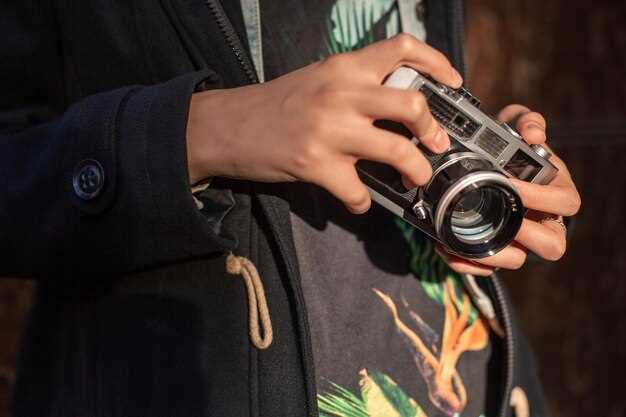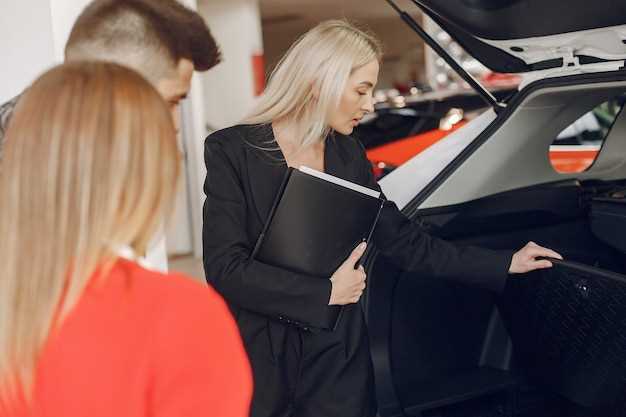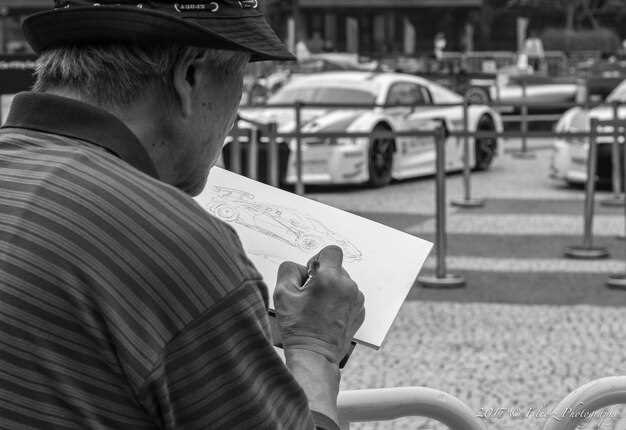
Capturing the essence of vintage cars at exhibitions requires a keen eye and a solid understanding of photography techniques. These timeless machines are more than just vehicles; they represent a rich history and craftsmanship that deserves to be honored through the lens. To ensure your photos reflect this allure, it is essential to focus on several key aspects that can elevate your images from ordinary to breathtaking.
First and foremost, consider the lighting. Exhibitions often feature various lighting conditions, and understanding how to work with both natural and artificial light is crucial. Ideally, seek out areas where the light is soft and diffuse, as this can help accentuate the intricate details and curves of the classic cars. Early morning or late afternoon light can create stunning shadows and highlights that dramatically enhance your shots.
Next, pay attention to composition. Utilizing the rule of thirds can help create balanced and visually appealing photographs. Frame your subject in a way that draws the viewer’s eye to the beauty of the vintage car. Don’t hesitate to experiment with angles; a low angle can give your shots an imposing perspective, while a high angle can provide a comprehensive view of the car’s design. Remember, each classic car tells a story, and your goal is to capture that narrative through your photography.
Choosing the Best Angles for Classic Car Shots

When photographing vintage cars at events, selecting the right angle is crucial for capturing their beauty and unique details. Start by considering the classic lines and curves of the car; low angles can emphasize its stance and create a dramatic effect. Shooting from a lower perspective often enhances the car’s presence and can make it appear more imposing in the frame.
Another effective approach is to shoot from a three-quarter angle. This perspective showcases both the front and side of the vehicle, allowing the viewer to appreciate its design while also highlighting the contours that make vintage cars stand out. This angle can convey a sense of motion and give a glimpse into the car’s character.
Close-up shots of specific features such as the grille, headlights, or tail fins can also be captivating. These details tell a story about the car’s history and craftsmanship, which is essential to convey when photographing classic vehicles at events.
Additionally, experiment with your surroundings. Incorporate elements of the event, such as spectators or other cars, to add context to your shots. This can create a sense of atmosphere and make the photos more engaging. Capturing reflections in the car’s surface can also add an artistic touch, blending the car with its environment.
Ultimately, varying your angles will help create a comprehensive portfolio that showcases the elegance and allure of these remarkable vintage cars at exhibitions. Each shot can tell a different part of the story, making it essential to approach each vehicle with creativity and consideration.
Lighting Techniques for Capturing Vintage Cars
Capturing the essence of vintage cars at events requires careful consideration of lighting. The way light interacts with these classic automobiles can dramatically enhance the details and character of each vehicle. Here are some effective techniques to improve your photography:
- Natural Light: Utilize natural light whenever possible, especially during the golden hour–shortly after sunrise or before sunset. The soft, warm glow accentuates the curves and finishes of vintage cars.
- Diffused Light: Overcast days provide perfect diffused lighting. The clouds act as a softbox, reducing harsh shadows and producing even tones across the car’s surface.
- Reflectors: Use reflectors to bounce light onto dark areas of the car. This technique enhances details that might otherwise be lost in shadow, adding dimension to your shots.
- Flash Techniques: If using a flash, consider setting it to a lower power to avoid overexposure. Off-camera flash can create dramatic effects and highlight specific features of the car.
- LED Lights: Portable LED lights are great for adjusting lighting conditions at exhibitions. They can provide highlights and add depth to your images without being intrusive.
Experimenting with different angles and lighting sources will yield the best results. Always be mindful of how light interacts with the car’s materials, as different surfaces reflect light in unique ways. By mastering these lighting techniques, you will better capture the timeless beauty of vintage cars at events.
Post-Processing Tips for Car Photography Enhancements

Post-processing is a crucial step in enhancing your car photographs, especially when capturing classic cars at events. The right editing techniques can transform a good shot into a stunning masterpiece. Start by adjusting the exposure and contrast to highlight the curves and angles of the car. This can help emphasize the vehicle’s design and make it stand out against the background.
Next, consider color correction. Classic cars often have vibrant and unique paint jobs that deserve attention. Use tools like saturation and vibrance adjustments to enrich the colors without oversaturation. Aim for a balanced look that reflects the car’s true hues while making them pop in the frame.
Sharpening is another essential step. A slight increase in sharpness can bring out the details, such as chrome finishes and textured surfaces. Be careful not to overdo it, as excessive sharpening can create unwanted artifacts. Use localized sharpening to focus on specific details while keeping the overall image smooth.
When photographing cars at exhibitions, backgrounds can often distract from the subject. Use cropping to remove unnecessary elements, directing attention to the vehicle. Additionally, consider applying a subtle vignette effect. This technique darkens the edges of the photo, further emphasizing the car in the center of the frame.
Finally, explore different filters that can enhance the mood of your photography. Black and white conversions can give a timeless feel, while other filters may add warmth or cool tones that complement the car’s aesthetic. Experiment with various styles to find what best suits the event and your photographic vision.

